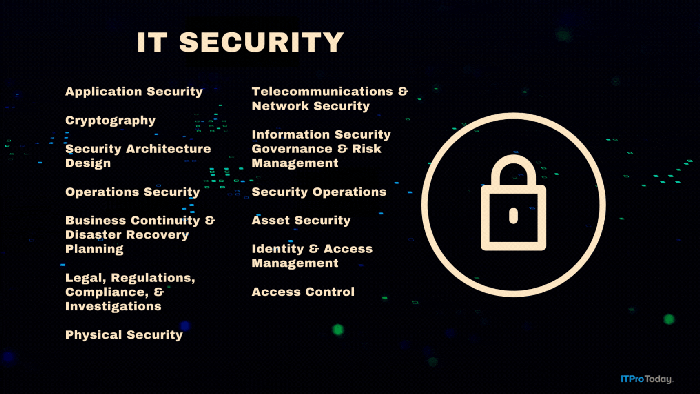Resending Email: Good Idea or Terrible Idea?
Some marketers believe they have pioneered a new marketing strategy – resending emails to recipients who didn’t open it up the first time. In a world where inboxes are already bursting at the seams and spam traps are more efficient than ever before, here are the reasons why your marketing team should think twice before sending again.
December 15, 2014

Sponsored
Some marketers believe they have pioneered a new marketing strategy – resending emails to recipients who didn’t open it up the first time. When this method was tested, results showed that the second email helped reach 53.2% more people and saw 32.6% unique opens.
Honestly this approach is a bit worrisome and the results may be a bit misleading.
While it’s true that numbers don’t lie, imagine if all marketers partook in this strategy? In a world where inboxes are already bursting at the seams and spam traps are more efficient than ever before, here are the reasons why your marketing team should think twice before sending again.
It’s not a sustainable approach.
Although the first test maintained a normal .34% unsubscribe rate, you’re still doubling the net loss of contacts in your database. And just like any questionable marketing scheme, just because it works the first couple of times doesn’t mean it’s going to maintain continuous inbox placement.
Resending virtually the same email twice runs the risk of email fatigue and of being flagged for spam or blacklisted.
Even if you’re only resending to those who didn’t open up the first email, there is no way of telling if your recipients deleted your original message on purpose.
The re-senders noted they tweaked the email to have minor changes in the subject line, placement, and colors of the buttons. So if your recipient did happen to delete it the first time, they’ll be even more annoyed that you tried to dupe them into reading it again. Don’t make them delete it again.
Other Suggestions…
Rather than upping your chances of inbox placement with frequency of sending, we suggest increasing your deliverability odds by optimizing the time at which you send them.
Timing is everything. And although others like to make the argument that the second email serves as a reminder, customizing your emails to be sent at a time you know they will be reading it is just as efficient – it just doesn’t run all the risk of algorithms picking up that you are sending duplicate email messages.
There are companies that send to their recipients daily, but they send the emails within 24 hours from when the last email was opened or clicked.
For those recipients lacking engagement at all, a better strategy is actively resting their addresses for a period of time and following up with relevant, wanted content.
Although the engagement numbers are tempting when resending, other methods like monitoring deliverability times closely, offering a preference center and batching, and setting the proper expectations as to the content and frequency of your email during opt-in is more ethical, efficient and much less risky.
Do you think marketers should be resending their emails? Do you think it reminds or bombards customers, or both? Leave a comment in the section below.
Jonathon Mahon is a content marketer, writer and designer based in Boston. He writes for various digital publications and blogs specializing in the cloud, email automation, software, and technology.
About the Author
You May Also Like









.png?width=700&auto=webp&quality=80&disable=upscale)